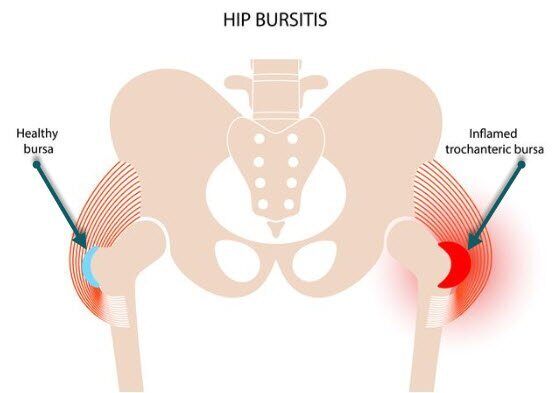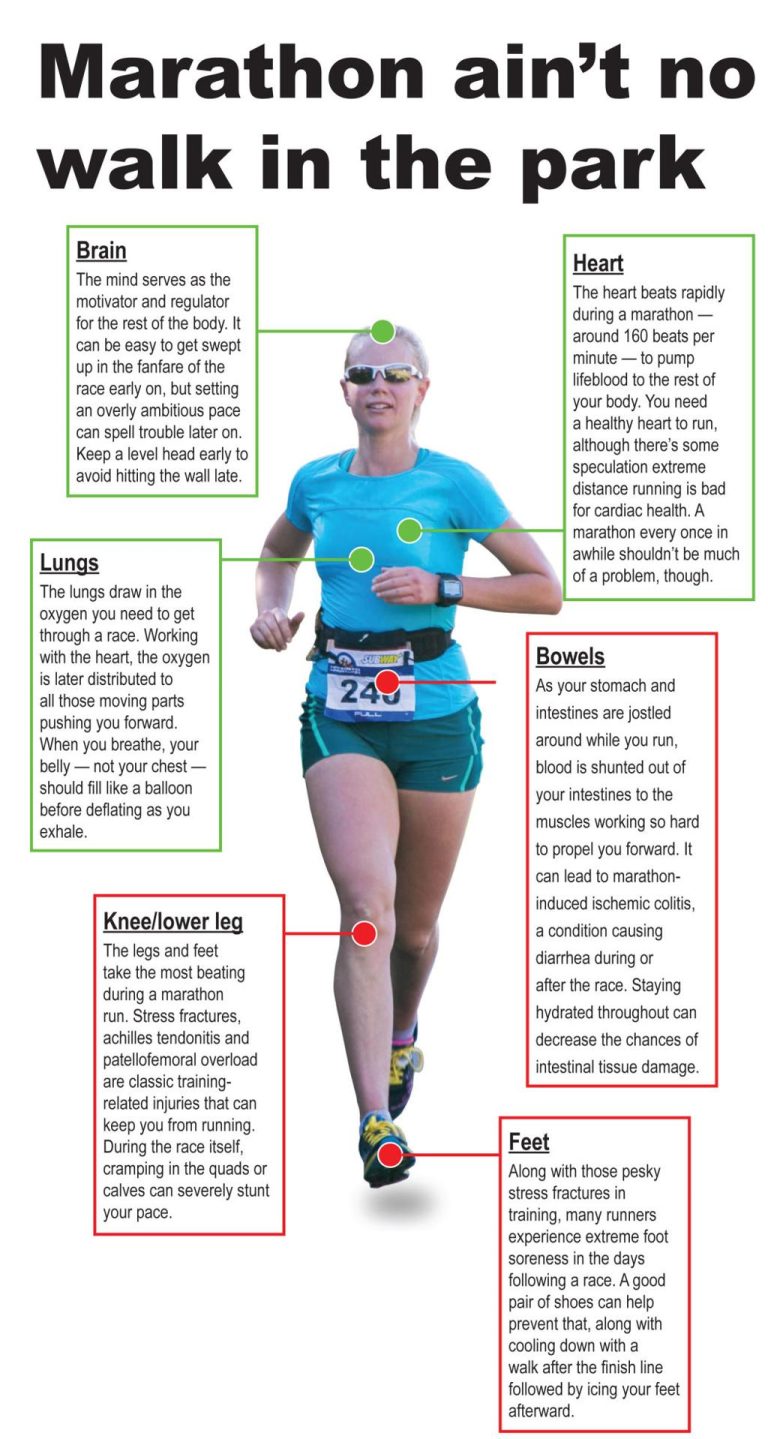Tips to Prevent And Treat Hip Bursitis for Runners
To prevent and treat hip bursitis for runners, it is essential to stretch and warm up properly before running. Incorporate strength training exercises to improve hip stability and reduce strain.
Hip bursitis can be managed through rest, ice, and anti-inflammatory medications. Adding cross-training activities and adjusting running technique can also help prevent hip bursitis from recurring. By following these tips, runners can maintain hip health and continue to enjoy their running activities.

Credit: www.injurymap.com
What Is Hip Bursitis?
Hip bursitis is a common condition that can affect runners, causing pain and discomfort. The bursae are small, fluid-filled sacs that provide cushioning between bones and soft tissues around the joints. When these bursae become inflamed, it leads to hip bursitis.
Signs And Symptoms
- Pain on the outer part of the hip
- Tenderness or warmth around the hip
- Swelling or redness
- Pain that worsens with prolonged activity
Causes And Risk Factors
- Repetitive stress or overuse of the hip joint
- Incorrect running form or technique
- Obesity or sudden weight gain
- Prolonged periods of standing or walking
Preventing Hip Bursitis
Runners should engage in dynamic stretching before running to prevent hip bursitis.
Runners must increase the intensity of their runs slowly to prevent hip bursitis.
Runners should select shoes with proper support and cushioning to prevent hip bursitis.
Treating Hip Bursitis
- Opt for rest to allow healing and reduce inflammation.
- Apply ice packs for 15-20 minutes several times a day to relieve pain.
- Engage in physical therapy to strengthen muscles and improve hip flexibility.
- Perform stretching exercises to reduce stiffness and improve mobility.
- Consider over-the-counter pain medications for pain relief.
- Consult a doctor for corticosteroid injections to reduce inflammation.

Credit: www.runtothefinish.com
Exercises For Hip Bursitis
For runners dealing with hip bursitis, targeted exercises can be instrumental in both preventing and treating the condition. By incorporating exercises that focus on strengthening the hip muscles, stretching the hip flexors, and adding cross-training into your routine, you can manage hip bursitis and improve your running performance. Here are some exercises that can help you prevent and treat hip bursitis:
Strengthening The Hip Muscles
- Hip Abduction Exercise – Lie on your side and lift the top leg up, focusing on engaging the outer hip muscles. Repeat on both sides.
- Bridges – Lie on your back with knees bent and lift your hips off the ground, engaging the glutes and hamstrings.
- Clamshells – Lying on your side with knees bent, open and close your legs while keeping your pelvis stable.
Hip Flexor Stretches
- Crescent Lunge Stretch – Step one foot forward into a lunge position and gently press the hips forward, feeling the stretch in the front of the hip.
- Pigeon Pose – From a kneeling position, slide one leg back with the knee and shin on the ground, then gently lean forward to stretch the hip flexors.
- Standing Quad Stretch – Hold onto a stable surface and grab one ankle, bringing your heel towards your glutes to stretch the front of the thigh.
Cross-training For Recovery
In addition to specific exercises, incorporating cross-training activities such as swimming or cycling can help reduce impact on the hips while maintaining cardiovascular fitness. Focus on low-impact exercises to support hip bursitis recovery without exacerbating the condition.
When To Seek Medical Help
While hip bursitis can often be managed with self-care measures, there are times when it’s necessary to seek medical help. If you experience persistent pain and swelling or have limited range of motion in your hip, it could indicate a more serious underlying problem. Seeking medical attention promptly can help prevent further complications and ensure appropriate treatment.
Persistent Pain And Swelling
If you’ve been dealing with hip bursitis and despite trying self-care measures, the pain and swelling persist, it’s important to consult a healthcare professional. Persistent pain and swelling can indicate an ongoing inflammation or underlying condition that needs immediate attention. Your doctor can evaluate your symptoms, perform a thorough examination, and recommend appropriate treatment options.
Limited Range Of Motion
Another sign that it’s time to seek medical help for hip bursitis is experiencing limited range of motion in your hip joint. If you find it difficult to perform basic movements such as walking, running, or bending, it could indicate a more severe issue. Reduced range of motion can be a result of inflammation or damage to the bursa or other structures in the hip joint. A healthcare professional can assess the extent of your limited mobility and provide guidance on appropriate treatment and rehabilitation exercises to improve your range of motion.
Remember, seeking medical help when facing persistent pain and swelling or limited range of motion is crucial to prevent further complications and promote a speedy recovery. Don’t ignore the signs and reach out to a healthcare professional to get the necessary support and guidance.

Credit: www.runtothefinish.com
Frequently Asked Questions For Tips To Prevent And Treat Hip Bursitis For Runners
Q: How Can Runners Prevent Hip Bursitis?
A: Maintain proper posture, stretch before running, wear supportive shoes, and gradually increase mileage.
Q: What Are The Common Symptoms Of Hip Bursitis In Runners?
A: Runners with hip bursitis may experience pain on the outside of the hip, stiffness, and difficulty moving the joint.
Q: What Are Some Effective Treatments For Hip Bursitis In Runners?
A: Rest, ice packs, physical therapy exercises, nonsteroidal anti-inflammatory drugs, and in severe cases, corticosteroid injections may be recommended.
Conclusion
Incorporating these preventive measures can help runners avoid hip bursitis, while the suggested treatment options can provide relief if the condition arises. By maintaining proper running form, cross-training, and incorporating strength exercises, runners can protect their hips and continue their training.
With the right care and attention, hip bursitis can be managed effectively, allowing runners to pursue their passion without hindrance.




